Trends are, by nature, constantly coming and going. The rage of Hydro Flasks and Vans is long gone, replaced by the domination of Stanleys, Tasmans and Drunk Elephant products. And those will disappear from stores just as quickly when the next wave of viral sneakers, skincare and sweatshirts hit the shelves. However, for the most part, people do not bat an eye over these changing items, simply joining the crowds without question.
Let’s take a step back to better understand what trends are. While trends refer to the popularity of products, they can also apply to travel, music and aesthetics. When these trends are spread online, they tend to attract largely teen audiences.
In recent years, social media has become the main source of trends. With brands and content creators pushing products forward, they often become hard to ignore.
“When it comes to social media, a lot of people, especially like me, look at influencers as like inspiration. So I think they have the biggest impact on like, how we’re affected by [trends].” senior Hannah Doll said.
While trends are seemingly random, with one product selling out one day and then being deemed “last year” the next, there is a method to the madness.
In a CNN article discussing the craze behind the viral Stanley tumblers, Charles Lindsey, an associate professor of marketing at the University at Buffalo School of Management, explained the basic rationale behind the popularity of trending products.
“We seek out novel experiences, and while that could mean a trip to somewhere we’ve never been, it could also mean collecting different cups,” Lindsey told CNN.
Essentially, we as humans want more experiences through tangible goods. When said items begin to circulate en masse, the feeling of FOMO (fear of missing out) from these experiences consumes us, which in this case resulted in the hordes of shoppers in Target vying to get their hands on a glorified water bottle.
“It’s something that we can like to connect with,” said senior Sam Bender. “It’s like a shared experience.”
In Burlingame, these shared experiences have clearly made their mark. Although products might be the easiest trends to spot — Stanley tumblers, Uggs and oversized sweatshirts can be seen on students in almost every class — they are not the only trends influencing teens.
“I’ve seen a lot of people who are trying to really kind of rebrand themselves to be like this so-called ‘clean girl’ where you look very put together and you have like no makeup, and I think honestly these certain trends can be very good and influential,” Doll said. “But they can also be very detrimental because people are trying to be something that they aren’t.”
This form of “rebranding” is likely a product of social circles, students wanting to fit into the “popular” groups.
“I think teens especially are striving so hard to be something they’re not to follow these trends to be kind of popular…and I think it’s not very good,” Doll said.
This form of “fitting in” has also reached younger audiences. Young girls, especially in the pre-teen age range, have increased access to social media and tend to be more susceptible to these marketing techniques.
“[Trends] make people feel like, ‘Oh if I don’t have that then I’m not cool’ or whatever…it’s also influencing those 10-year-olds to buy a bunch of skincare,” freshman Kristyn Lee said.
Social media exposes even young kids to influencers who often act as paid advertisers by promoting and creating content with products which creates a larger demand for these “trendy” products.
“These tweens and preteens are looking at older girls being like, ‘Oh I want to be her, I want to look like her…I just want to grow up,’” Doll said. “They just can’t really enjoy where they are and I do blame social media for that.”
Trends have also recently created another issue: hyperconsumerism.
Whether it’s the multitude of accessories that buyers get for their Stanley tumblers, or the compulsion to buy 10 versions of the same reusable product, trends have caused an increase in overconsumption.
This impact can be partially attributed to the items’ accessibility.
“Just scrolling on social media and finding something you like, it’s so easy to just click a button and be like, ‘Okay, send this to my house,’ and I think that’s what also gets people to be so influenced to buy something, because it’s so easy nowadays with social media,” Doll said.





![WASC looks for more than the basic California State standards. According to chairperson Mike Woo, “As new rules and new concerns come up through society, [WASC] look[s] is the school doing something about that. Like the biggest trend post-COVID is mental wellness. So is your school doing something to address the mental health of the students? Along with are they still doing the proper academics?”](https://theburlingameb.org/wp-content/uploads/2024/03/IMG_3401-1200x1200.png)















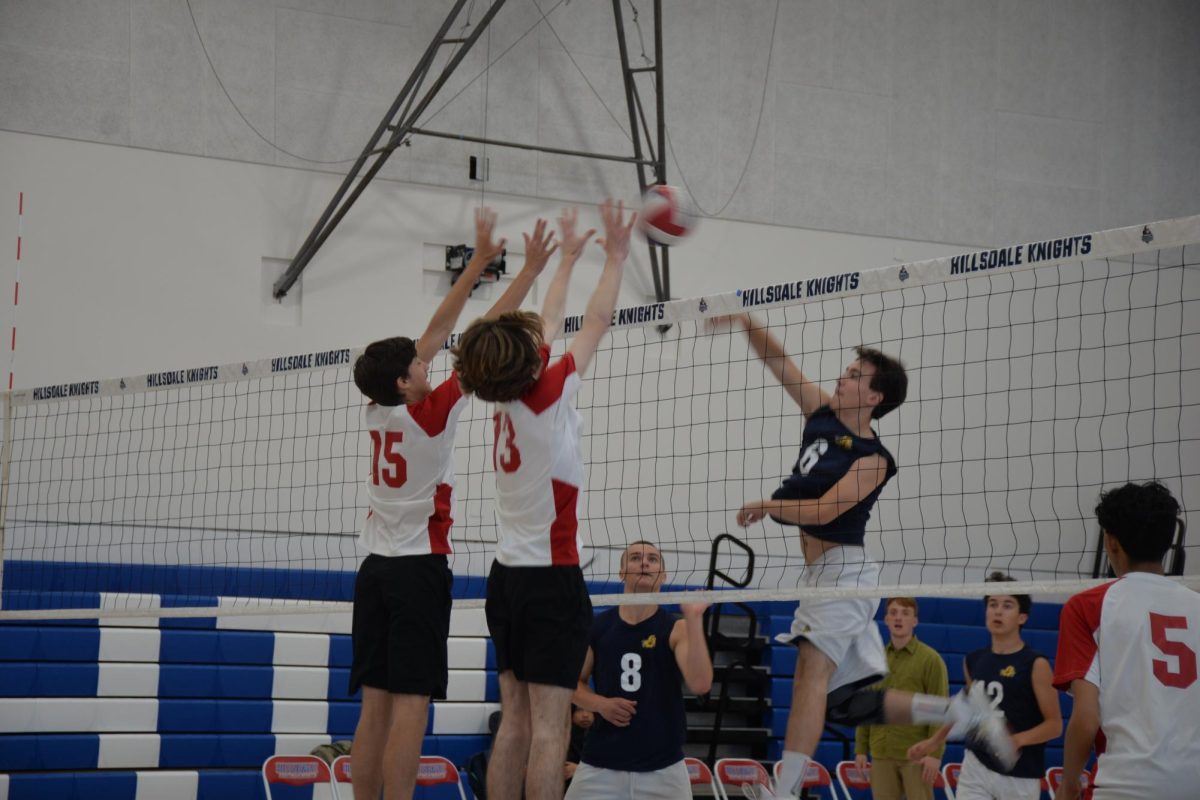

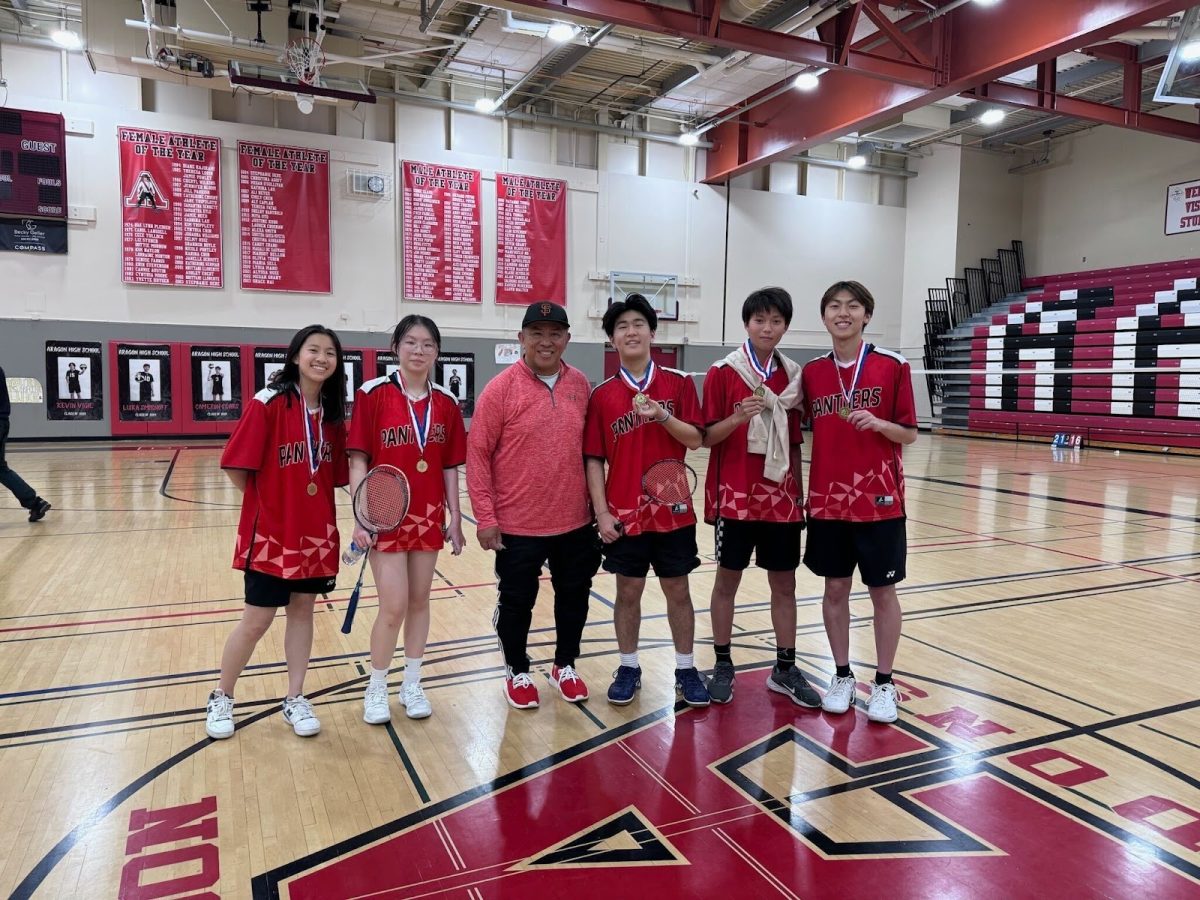

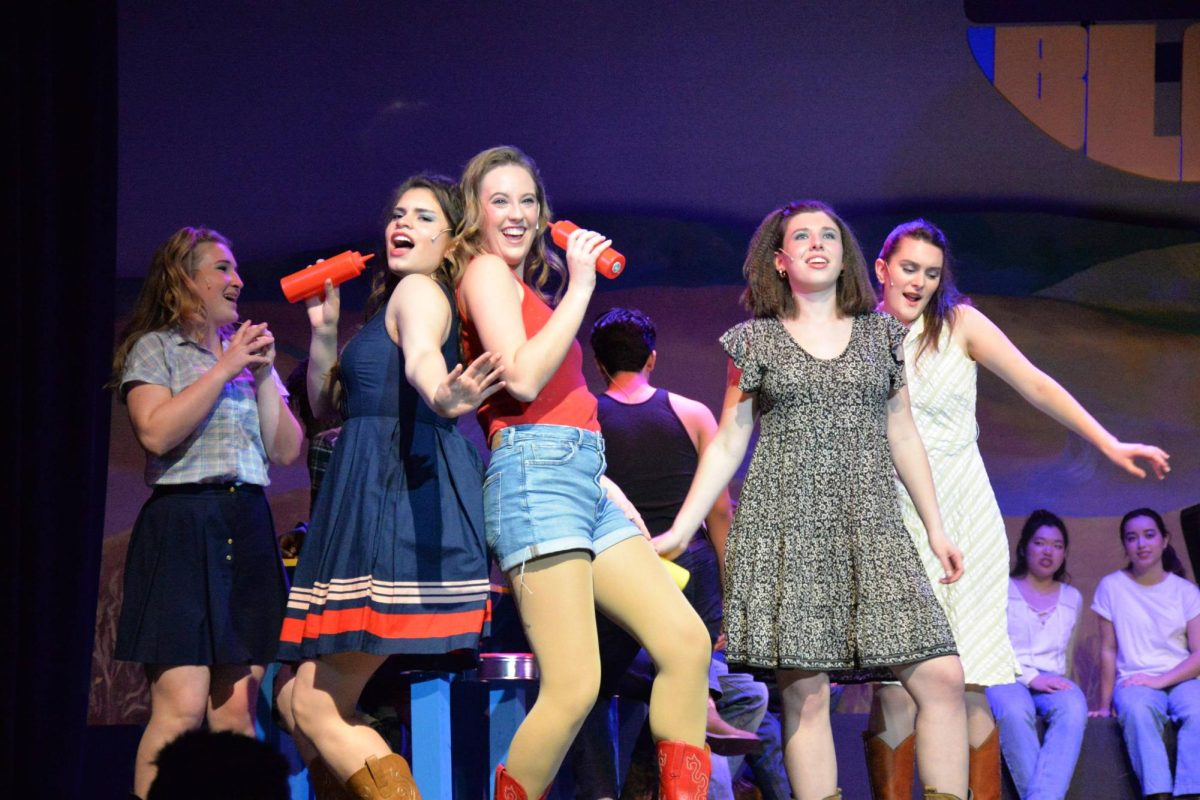
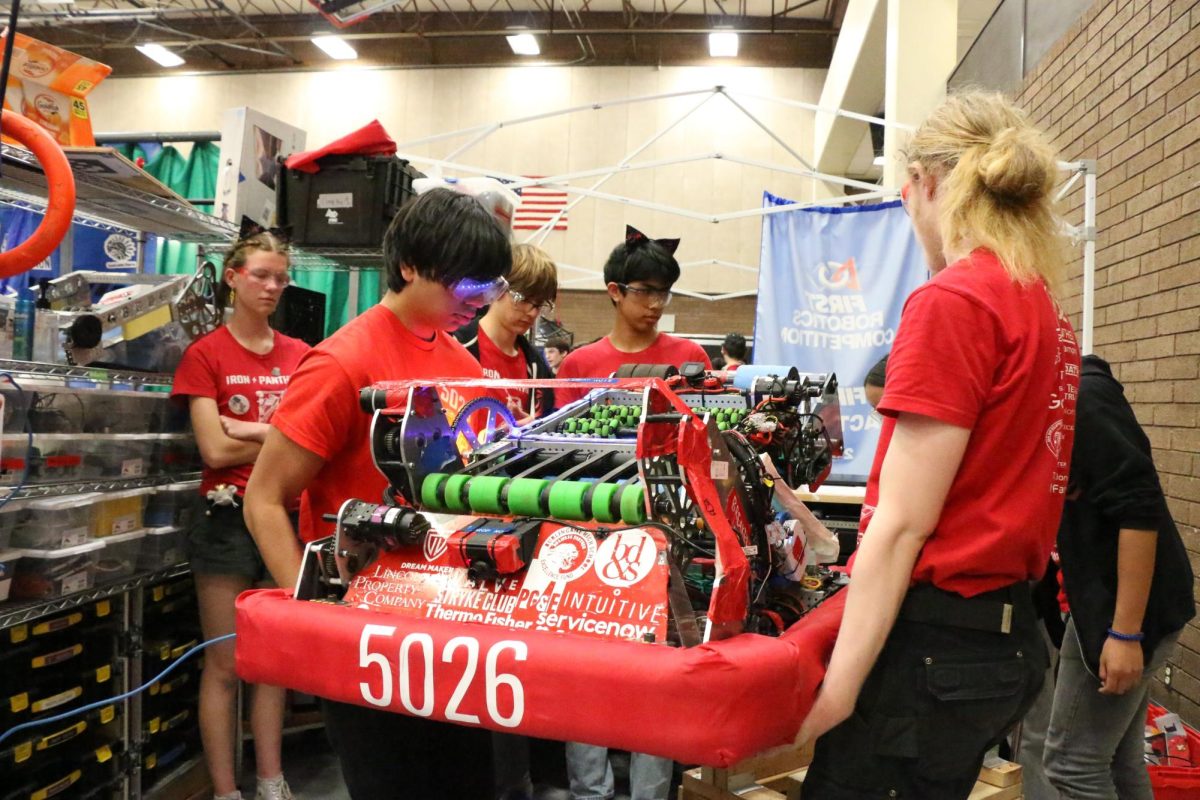
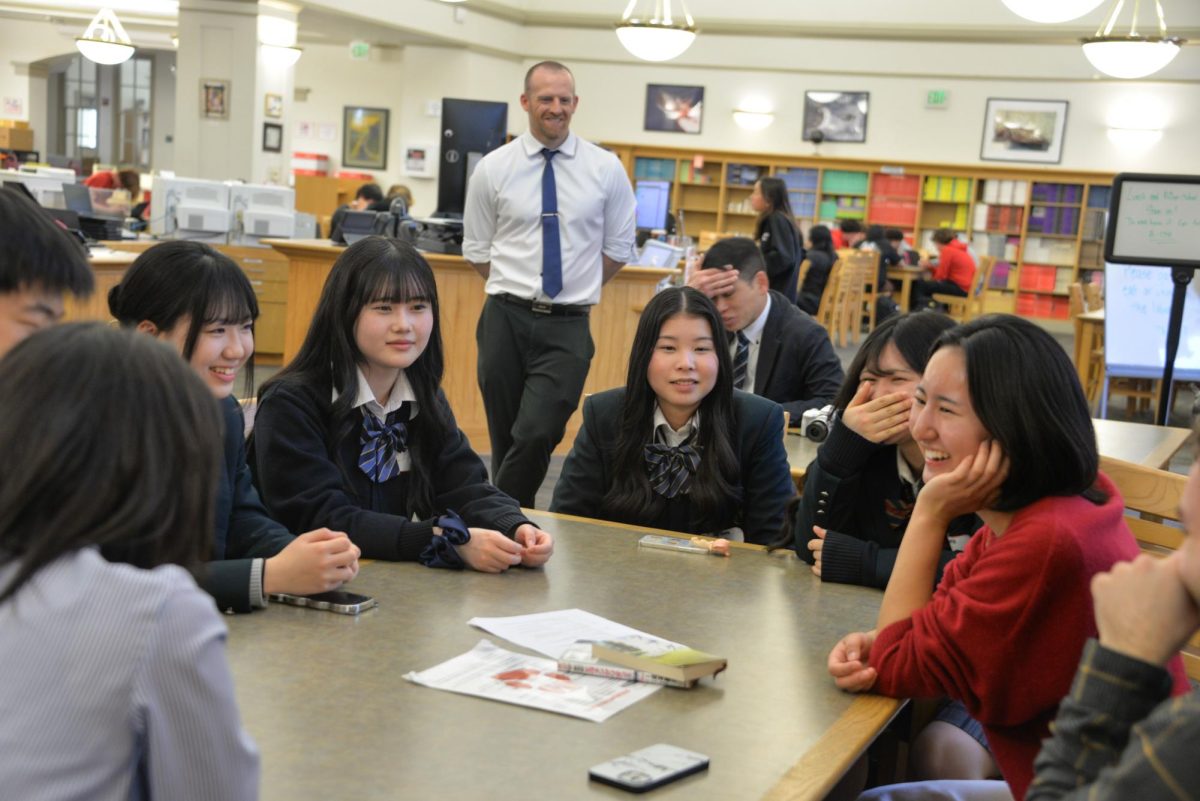
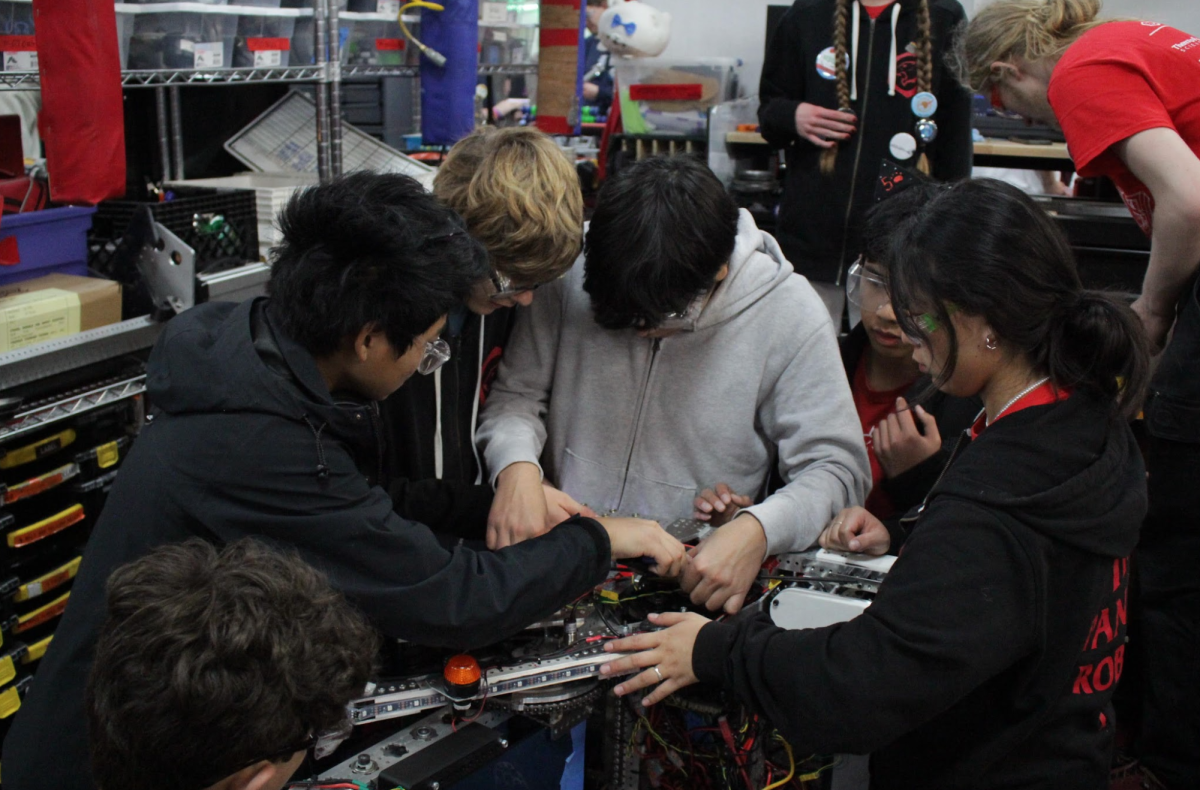
![“For me personally, I want [others] to see the music program as a strong union because we can really bring out the life of our school,” Vega said. “We need music, you know? Otherwise, things would be really silent and dead.”](https://theburlingameb.org/wp-content/uploads/2024/03/unnamed-1200x801.jpeg)




